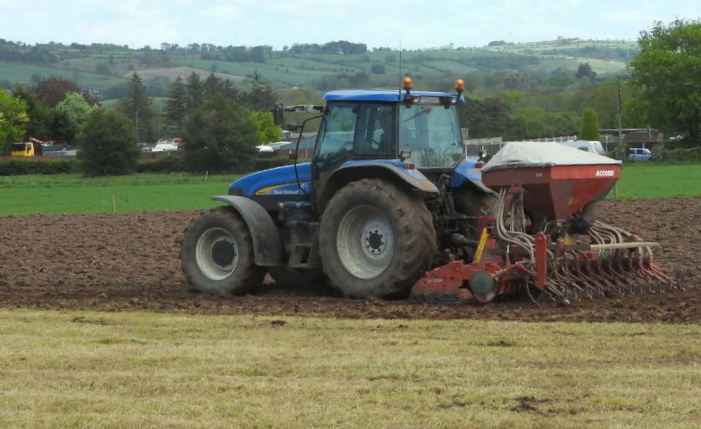Choosing seed mixes for grazing platforms
Thursday, 7 May 2020
If reseeding this year, take time to build a seed mix with a purpose and a specific aim for the grazing platform. The initial effort and cost will be rewarded in the long term, because grazing managers, who measure and analyse data, can find a core mix of species and varieties that work – not just for their farm, but also individual paddocks according to site, soil and aspect.
The key is to work with a seeds specialist and use the new Recommended Grass and Clover Lists 2020/21. “Be prepared to experiment and see what works well on your farm,” says Oliver Seeds’ Rod Bonshor. “Building a seed mix with less than 2 kg of each rye-grass variety is pointless. If you have a mix that tries to cover all eventualities and include 0.5 kg of everything, it becomes too general. Most seed is sown at a rate of 14 kg/acre, which means you need – at most – seven rye-grass varieties.
“Be very specific with your aim and be prepared to tweak the content. In the RGCL, figures are given for single variety output. In a mix, there can be a shift in yield and dominance among species and varieties.”
Whether a spring or autumn reseed is favoured; this depends on climate. Rod says the best time to start planning is February: “Ideally, walk your paddocks in February and take a good look to see what’s doing well and what’s overcome with weeds. Be aware of what fields are yielding and don’t assume that yields fading away are associated with dry conditions: look at fertiliser regimes and soil tests. Many aspects of soil health affect how well a ley establishes. A good seedbed is vital for long-term pasture performance and it dictates seed rate,” he explains.
When selecting grass varieties, Rod says it’s important to look at growth patterns throughout the year, as well as drought tolerance and disease resistance; don’t just focus on yield and quality. “Some varieties might be lower on yield, but better on disease resistance,” he points out.
A mix can be used to spread growth throughout the season, load up the spring, or improve summer grazing performance and spread the distribution of grass yield across the platform. He believes that traditional grasses, such as timothy, cocksfoot and meadow fescue, can be useful additions for drought-prone areas: “The more adverse the site, the better advantage these grasses can have, so you don’t have to resort to herbs that require different management. Plus, you can still make hay or silage from these grasses.”
Warmer, wetter weather patterns are also having a big effect on disease resistance and ground cover. Leaf spot, for instance, has overtaken crown rust as a potential problem: both the leaf and the plant die. For a grazing herd, this could be problematic at crucial times of the year because if a sward opens up and allows weeds to establish, this will create a less dense sward that will not be able to withstand cow traffic on wet, heavy soils.

Topics:
Sectors:
Tags:

